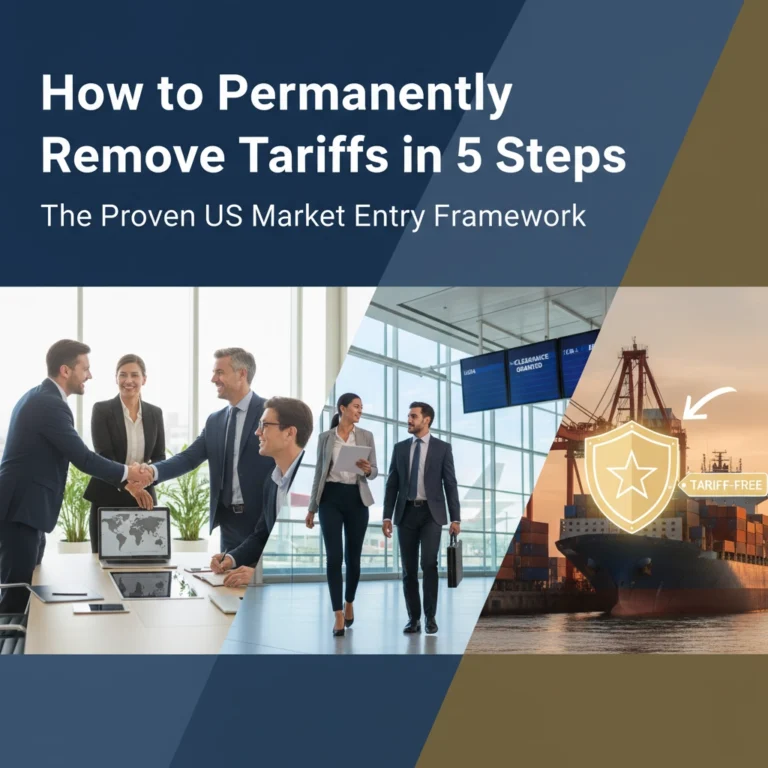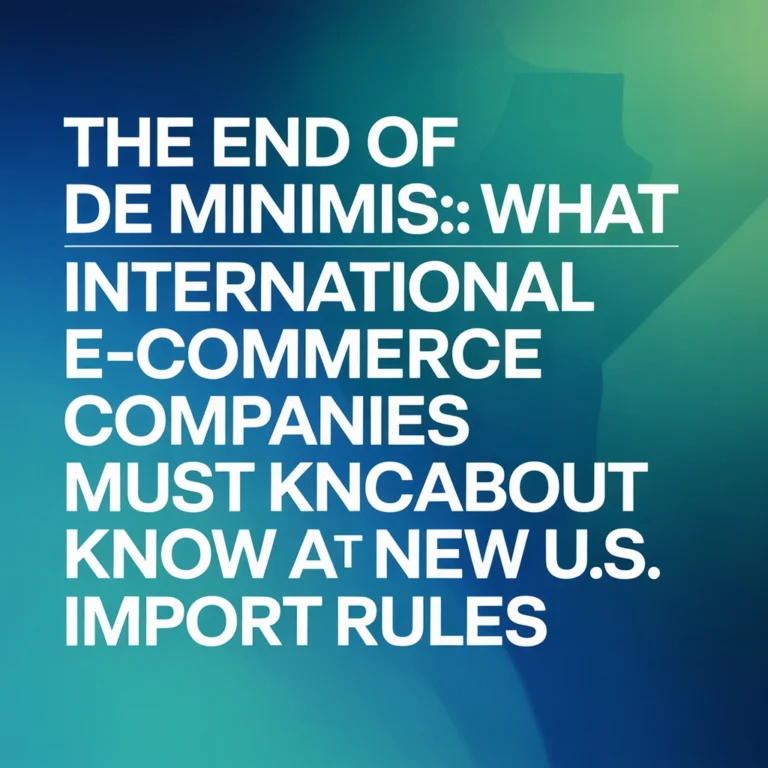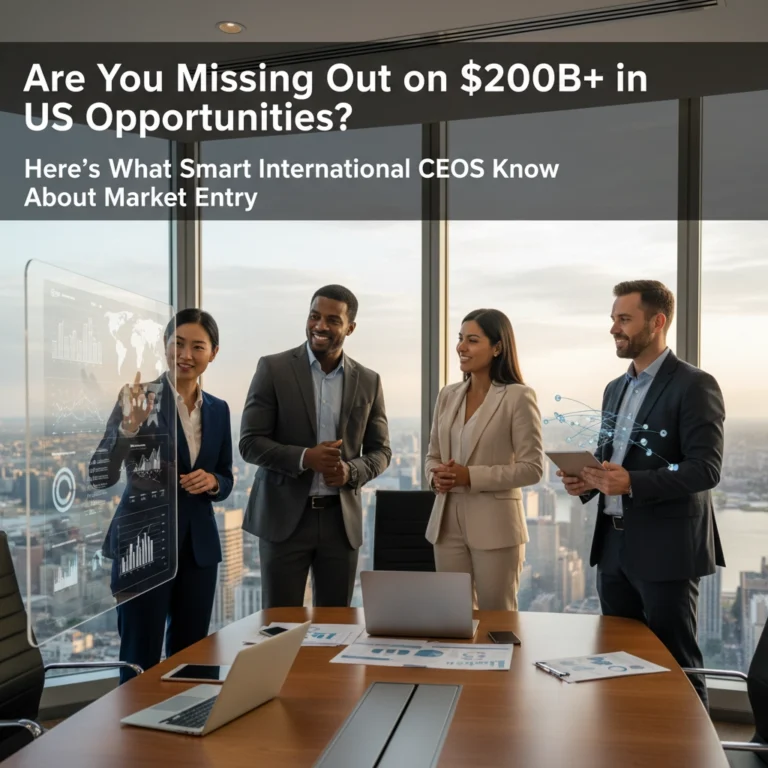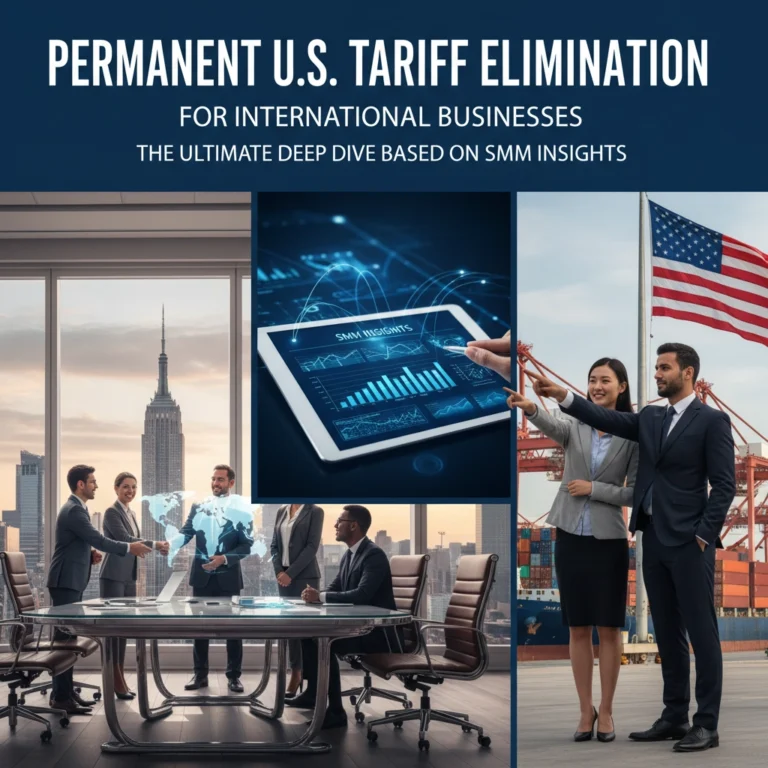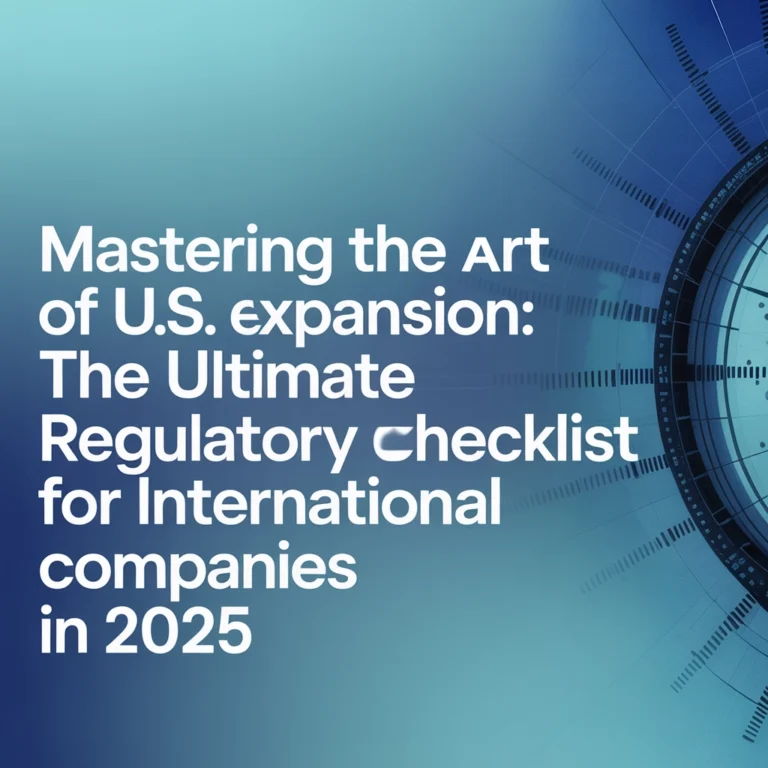7 Mistakes You're Making with US Tariff Compliance (and How to Fix Them Before the DOJ Notices)
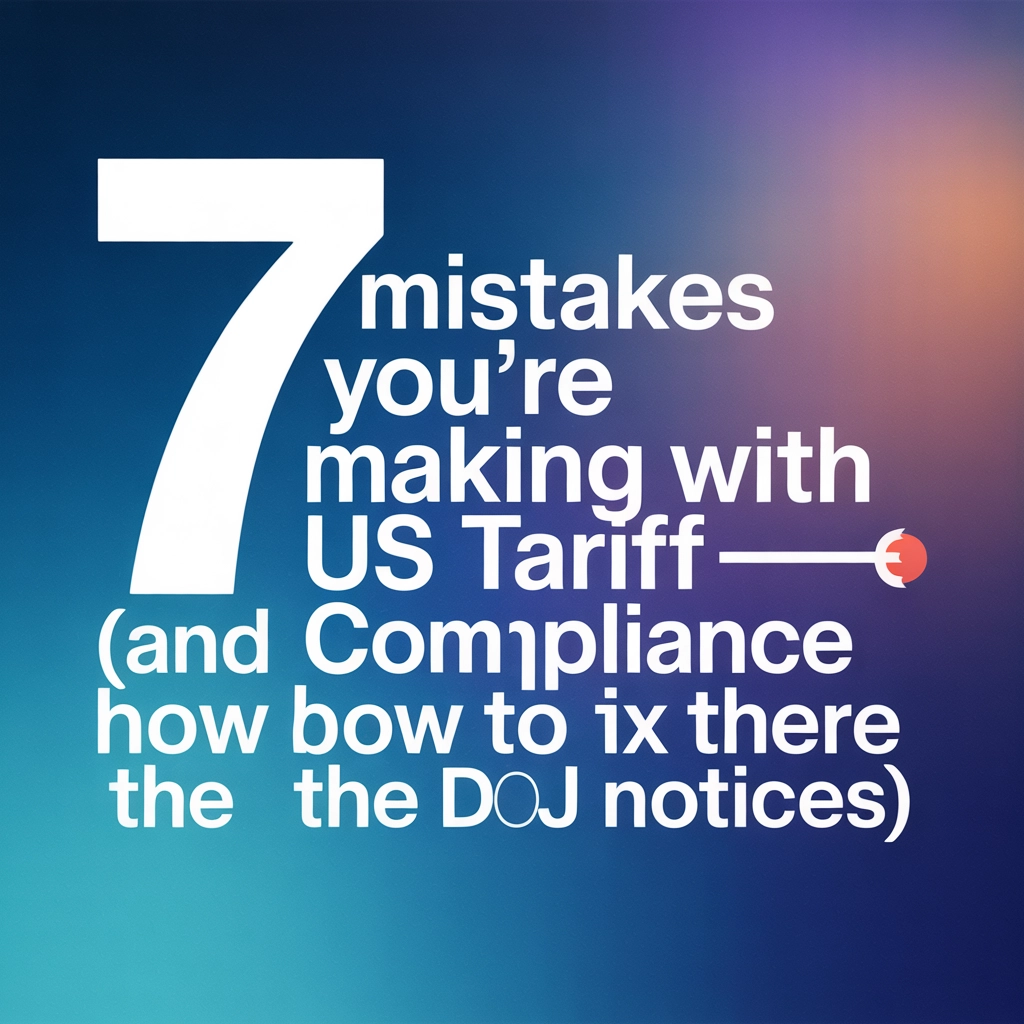
The Department of Justice isn't playing around anymore when it comes to tariff compliance. With criminal prosecutions skyrocketing and penalties reaching into the millions, even honest mistakes can land your company in serious hot water. Recent enforcement actions have resulted in prison sentences, massive fines, and business-destroying investigations that could have been completely avoided.
If you're importing goods into the United States, you're walking through a minefield of compliance requirements that most companies don't fully understand. The good news? Most violations follow predictable patterns, and once you know what to watch for, you can fix these issues before they become federal cases.
Mistake #1: Treating Mixed Shipments Like Single-Origin Packages
Here's a costly trap that catches even experienced importers: If your shipment contains even one product from a tariffed country, your entire shipment loses de minimis eligibility and becomes subject to full customs scrutiny. It doesn't matter if 99% of your products come from non-tariffed countries – that single item from China can trigger compliance requirements for everything.
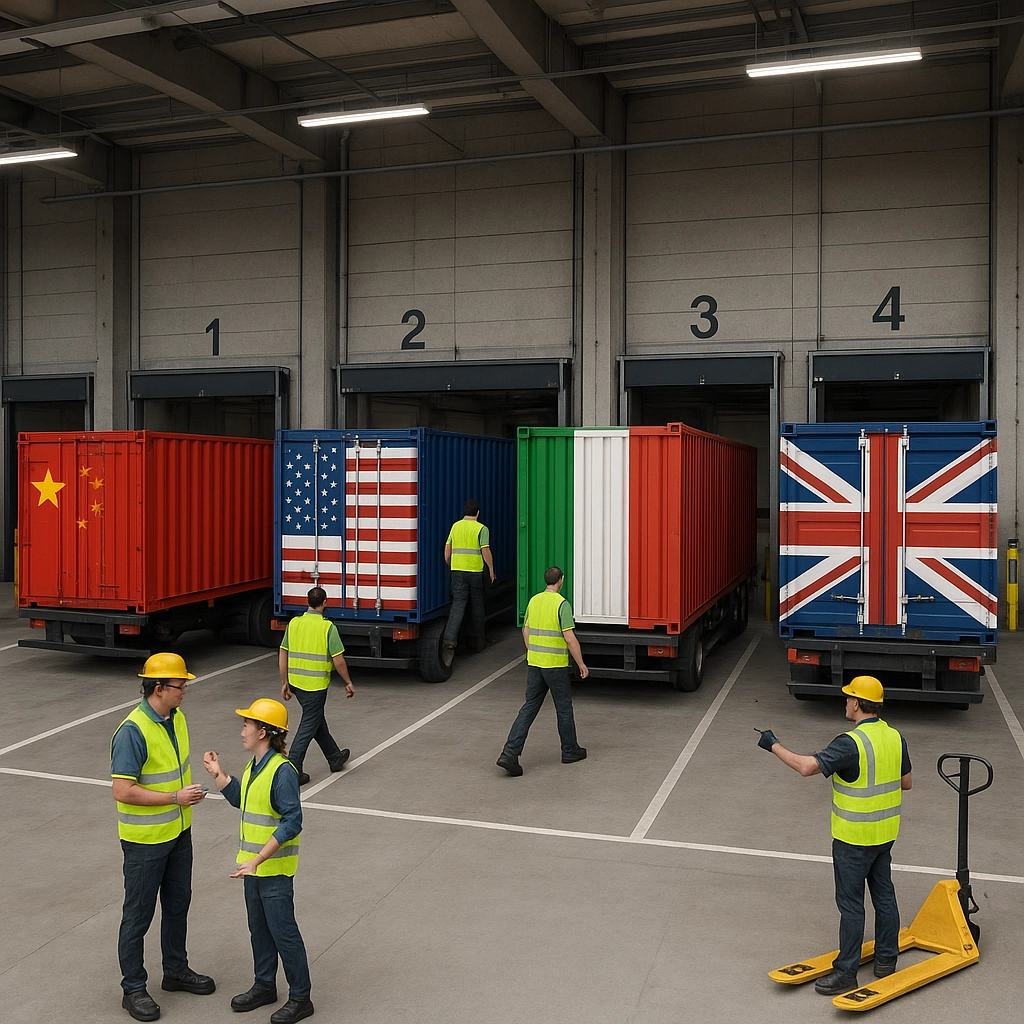
The Fix: Separate your shipments by country of origin. Yes, it's more complex logistically, but it's infinitely cheaper than dealing with unexpected tariff bills or compliance violations. Create clear shipping protocols that segregate products from different origins into separate shipments whenever possible.
Pro Tip: Train your logistics team to identify mixed-origin situations before they become problems. A few extra minutes of planning can save thousands in unexpected tariffs.
Mistake #2: Confusing Where It Ships From with Where It's Made
This might seem obvious, but you'd be shocked how many companies think tariffs are based on shipping location rather than manufacturing origin. Just because your supplier ships from Singapore doesn't mean your Chinese-manufactured products avoid China tariffs.
The Country of Origin (COO) is determined by where the product was manufactured or undergoes its last substantial transformation – not where it's warehoused, packaged, or shipped from.
The Fix: Map your entire supply chain back to the actual manufacturing locations. Distinguish between Preferential Origin (for Free Trade Agreement benefits) and Non-Preferential Origin (for standard customs purposes). Keep detailed documentation that traces each product back to its true manufacturing source.
Red Flag Warning: If your supplier suddenly offers significantly lower prices by "sourcing from different countries," dig deeper. This could indicate origin manipulation schemes that will eventually catch up with you.
Mistake #3: Falling for "Too Good to Be True" Shipping Offers
U.S. companies are increasingly being targeted by fraudulent shipping schemes, particularly from China-based firms promising to help avoid or reduce tariffs through creative paperwork or routing arrangements. These offers often come with significant price reductions that seem like legitimate business opportunities.

The Fix: If someone is offering to help you avoid legitimate tariffs through special arrangements, run the other way. These schemes typically involve altering shipment documentation, underreporting values, or using false country-of-origin labels – all of which can result in criminal prosecution.
Reality Check: There are legitimate ways to optimize your tariff exposure through proper classification, Free Trade Agreements, and legal entity structuring. Work with qualified trade professionals, not sketchy logistics companies making unrealistic promises.
Mistake #4: Playing Games with Product Values
Underreporting import values to reduce tariff obligations is one of the fastest ways to end up in federal court. In August 2024, a women's apparel company paid $7.6 million for this exact violation. Two Wisconsin companies paid over $10 million for misrepresenting the value of goods imported from China.
The temptation to fudge numbers might seem harmless when tariff rates are high, but customs authorities have sophisticated systems for detecting value anomalies, and the penalties far exceed any tariff savings.
The Fix: Implement ironclad valuation procedures that ensure declared values match actual transaction values. Use proper customs valuation methods and maintain comprehensive supporting documentation. If you're unsure about valuation rules, get professional guidance – it's cheaper than penalties.
Documentation Strategy: Keep detailed records of your purchase prices, including any assists, royalties, or related-party adjustments that might affect customs value. Transparency is your best defense.
Mistake #5: Creative Country-of-Origin Labeling
False country-of-origin marking is a federal crime that prosecutors love to pursue. A tools manufacturer paid nearly $2 million for falsely labeling Chinese tools as "Made in Germany." A company president received two years of probation for misrepresenting Chinese porcelain tiles as Malaysian products.

The Fix: Establish bulletproof country-of-origin determination procedures. Train your procurement and compliance teams on proper origin rules, and maintain detailed records of manufacturing processes and locations. When in doubt, classify conservatively and seek professional guidance.
Best Practice: Conduct regular audits of your product markings and documentation to ensure accuracy. It's better to discover and fix problems internally than have customs or the DOJ find them for you.
Mistake #6: Playing Shell Games with Transshipment
Routing goods through third countries to disguise their true origin is a classic evasion scheme that federal prosecutors understand very well. A truck tire importer recently pled guilty to routing Chinese imports through Canada and Malaysia while falsely claiming those countries as the origin.
Simply moving products through an intermediate country doesn't change their country of origin for tariff purposes unless substantial transformation occurs there.
The Fix: Ensure proper documentation of true origin regardless of shipping routes. Understand that legitimate transshipment doesn't change origin, and any attempt to misrepresent origin through creative routing is asking for criminal prosecution.
Warning Sign: Be especially careful if suppliers suggest routing strategies that seem designed to avoid specific country tariffs rather than optimize legitimate logistics.
Mistake #7: Flying Without a Compliance Safety Net
The biggest mistake of all is operating without robust compliance systems in an era of unprecedented enforcement. Companies without proper internal controls and monitoring systems are sitting ducks for violations, whistleblower complaints, and federal investigations.
The DOJ has restructured its criminal division to prioritize trade and customs fraud, and they're actively looking for companies that haven't taken compliance seriously.
The Fix: Build comprehensive compliance programs tailored to your specific risk profile. This includes:
- Regular compliance training for all relevant personnel
- Internal reporting systems for trade compliance concerns
- Periodic audits of customs and trade practices
- Clear documentation requirements and retention policies
- Professional guidance for complex transactions
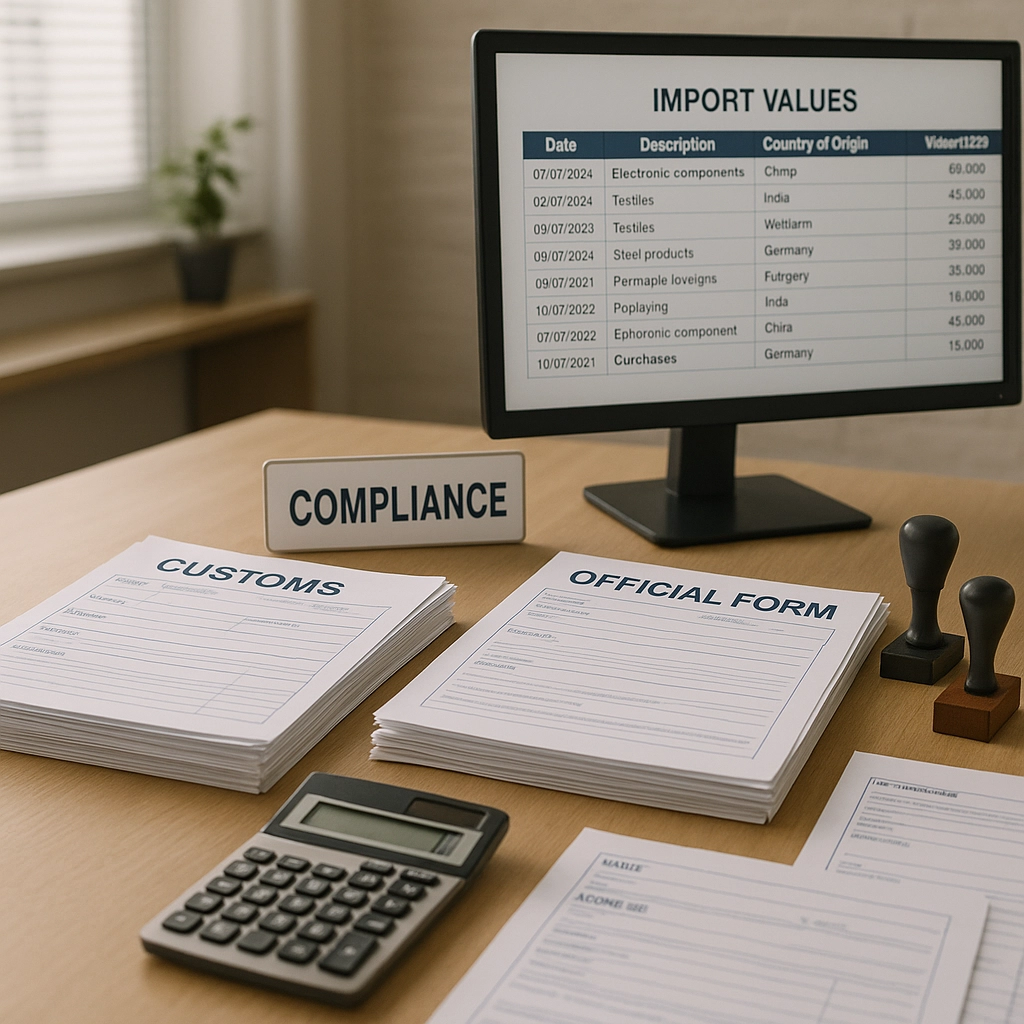
Strategic Advantage: Companies with strong compliance programs don't just avoid penalties – they often discover legitimate opportunities to optimize their tariff exposure through proper planning and classification.
The Bottom Line: Compliance is Your Competitive Advantage
The enforcement environment has fundamentally changed. What might have been overlooked a few years ago can now result in criminal charges, multimillion-dollar penalties, and business-destroying investigations. But here's the opportunity: companies that get compliance right don't just avoid problems – they often discover legitimate ways to optimize their operations and costs.
The stakes have never been higher, but neither have the benefits of getting it right. Take action now, before the DOJ takes action on you.
Need help navigating the complex world of U.S. trade compliance? USLaunch specializes in helping international companies establish compliant U.S. operations while optimizing their tariff exposure through legitimate business strategies.

